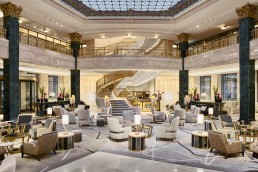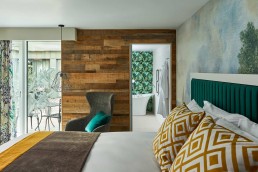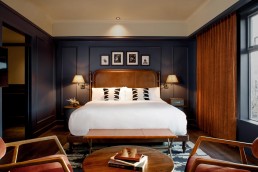Immersed in magnificent natural surroundings, a new resort from Zannier Hotels honours Vietnam’s long-held architectural traditions, writes Neena Dhillon.
Arnaud Zannier is the very definition of a hands-on owner. Under his stewardship, over the past decade, Zannier Hotels has become a byword for humble luxury, for masterful simplicity and for resorts that exude authenticity by favouring vernacular architecture. While the 2015 opening of Cambodia’s Phum Baitang represented the family’s debut in Southeast Asia, Zannier had by then already purchased 98 hectares of verdant land, fringed by its own kilometre-long beach, on the Bay of Corals in south central coastal Vietnam. The parcel, nestled in the relatively undiscovered province of Phu Yen, meets the Zannier criteria of taking guests to new corners of the world, secluded as it is between sea and dramatic hills. “Set on its own peninsula, and protected from future development, I knew immediately on seeing the land that it would fit our brand DNA, creating a hospitality experience in a region where little tourism currently exists,” recalls Zannier. “We always wanted three or four regional hotels to make a tour around Southeast Asia for our clients.”
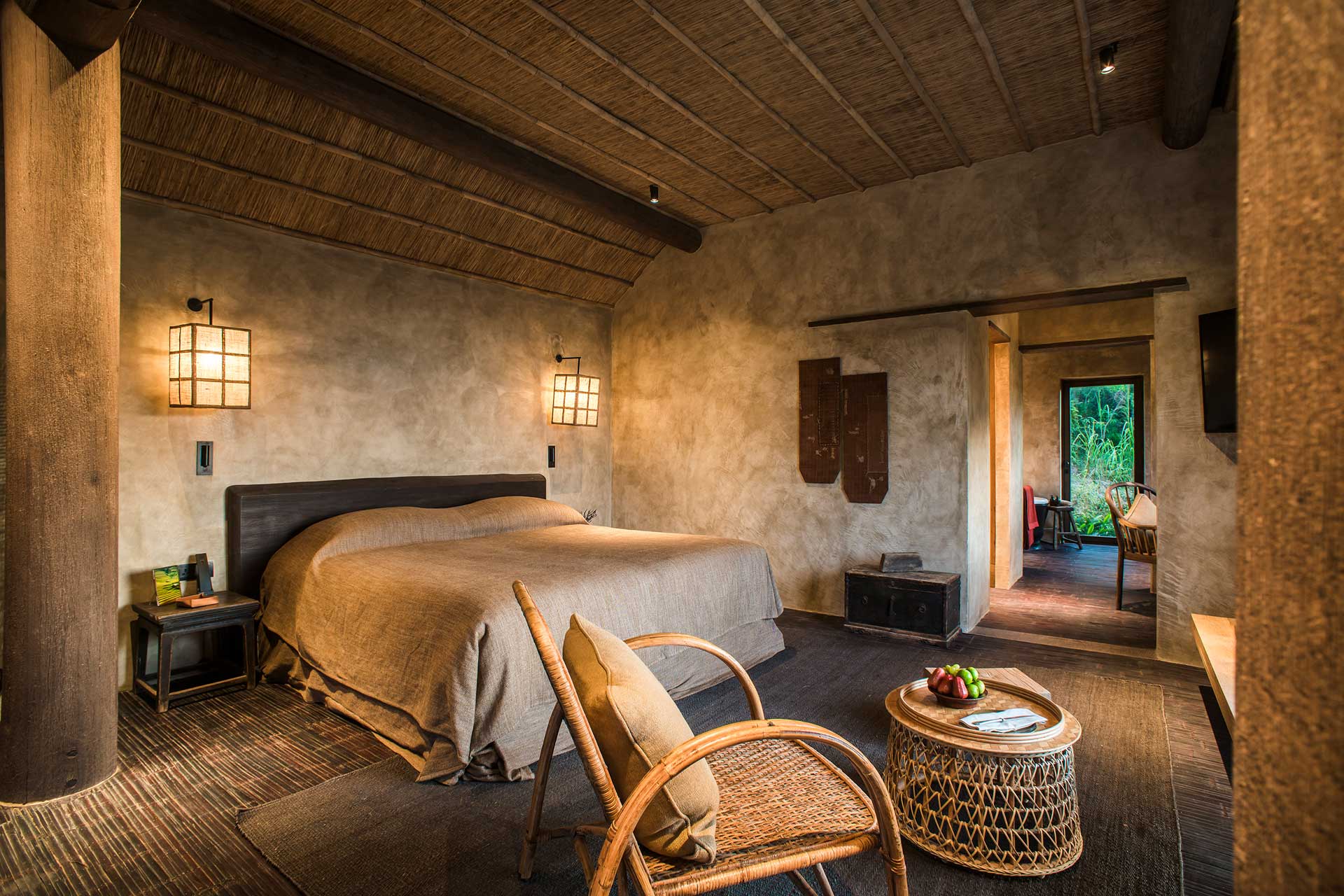
While more than 100 structures have been created for the expansive site, including 71 villas, Zannier instructed construction workers to remove vegetation only from building footprints with provision for a three-metre clearance range. At the same time, an onsite nursery comprising 50,000-plus indigenous plants had been cultivated prior to construction, meaning the landscaping team was in a position to replant and maintain the site’s richness in terms of vegetation – coverage stands at 96.5% – and to preserve the biodiversity so important to the birds and animals who feed on the native fruits, nectar, nuts and seeds. “Establishing your own nursery to compensate for lost vegetation takes a lot of time but, economically, it works out beneficially because you don’t have to transport large amounts of soil and source thousands of new plants,” observes Zannier. “At the same time, it meant we could employ local gardeners, farmers and fishermen who know the land.”
This sensitivity to the landscape has extended to the architectural approach. With extensive on-the-ground research carried out into Vietnam’s culture, cuisine and customs, including at the Ethnology Museum in Hanoi, Zannier and his team settled on three construction forms for accommodation, all sympathetic to the natural surroundings and reflecting different lifestyles. Tribute is paid to indigenous fishing communities, in particular their floating villages, with the Paddy Field Villas. These wooden abodes rise from paddy fields on traditional stilts and are replete with homely terraces. Inside, a daybed tucked into the window emphasises connection with the external environment. Thatched ceilings, wooden floors, hessian lampshades and deep blue walls blend organically with reclaimed wood and bamboo furniture, just as woven reed fishing baskets and conical leaf hats remind guests of the fishermen whose lifestyles have inspired these villas.
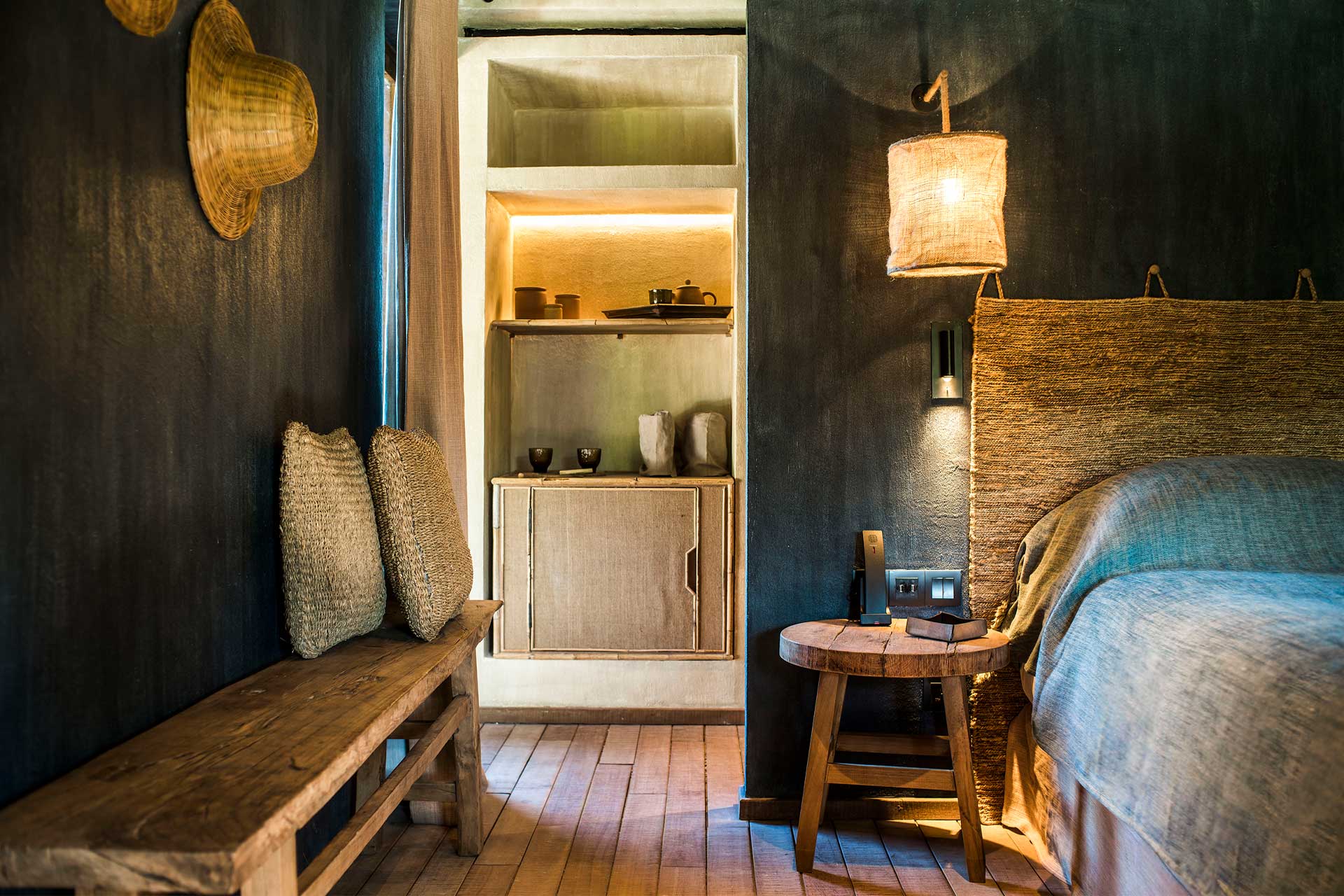
For the second villa type, it is the longhouses of the Rade people that heavily influence. “Typically at least 30-40 metres long, these houses literally expand as the family grows, with rooms or compartments added in succession,” notes Zannier of the traditional structures. Embedded into the resort’s hilltop, one- and two-bedroom Hill Pool Villas are suitably generous and linear, benefitting from vaulted ceilings reminiscent of a boat’s bow. Similar to local longhouses, communal spaces are grouped in the first half of the bamboo-clad villa and more private areas, including the bathroom, in the second. An external loggia, terrace and pool ensure the accommodation spills out to the lush greenery beyond while interiors are understated, earthy in brushed stone and weathered wood, with silk prints adorning walls.
As the third option, and offering close connection to the sea, Beach Pool Villas take their lead from the Cham inhabitants of Vietnam. Responding to the climatic conditions on the beach, the orderly, single-storey, stilted villas have a west-facing entrance and are installed with open-columned walls for both privacy and air circulation. Cooling cottons and linens complement rattan and hessian accents, with walls covered in a natural material of clay, sand and straw, called cob.
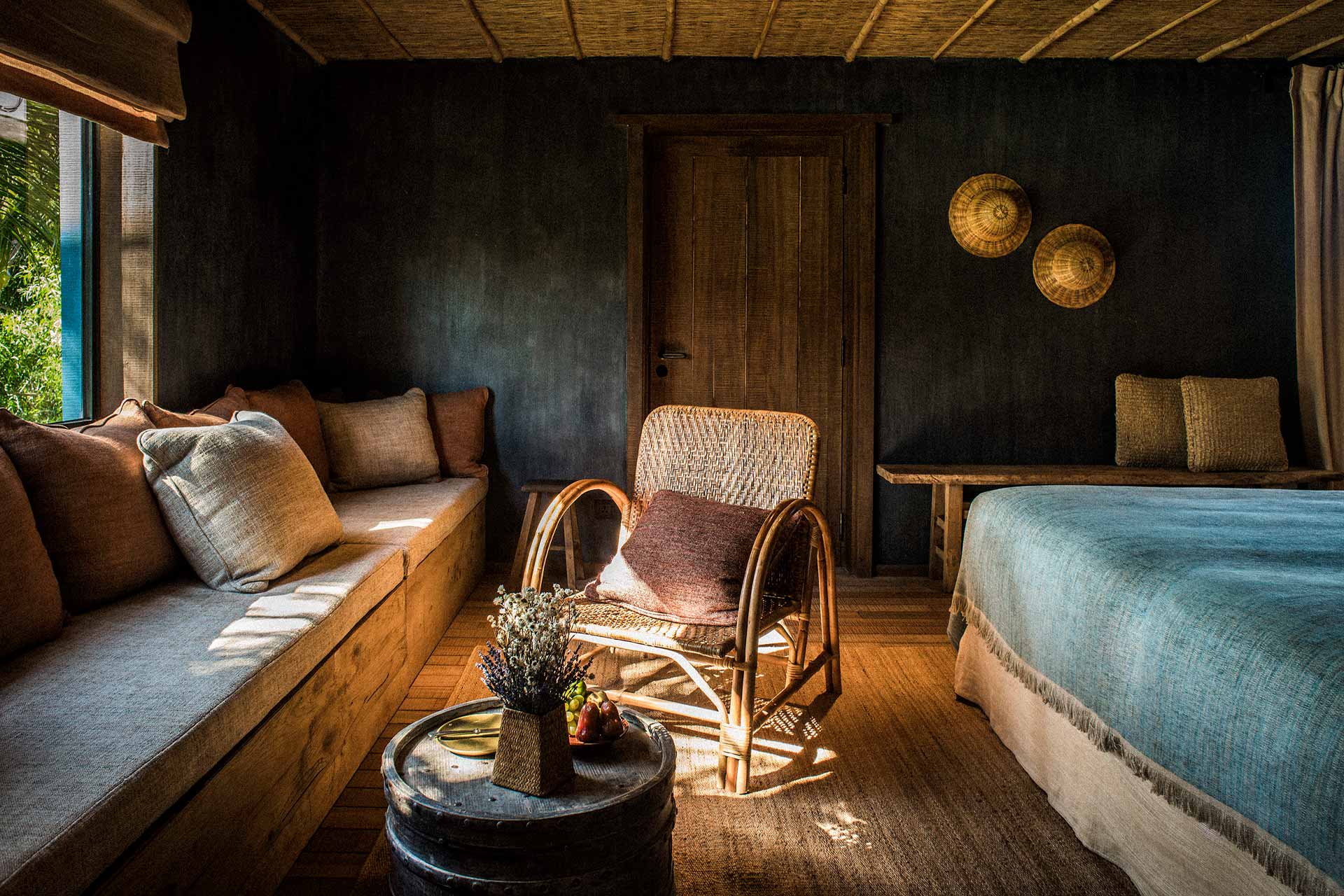
Architectural achievement reaches its heights, though, at Bà Hai, which Zannier hopes to make one of the best Vietnamese restaurants in the country. “In tribute to incredible Bahnar communal houses, which traditionally serve as a towering meeting hall in villages, our restaurant soars 12 metres high on stilts, its structure composed of long horizontal beams supported by wooden pillars and topped with a very steep, sloped, rattan roof designed to be wind-resistant,” Zannier says, picking up the story. “We do have typhoons, so I was worried about the building being so high, but we found the right specialist team to complete the construction. Just as in traditional homes, one of the first sights to greet you will be a cook, seated in the welcome courtyard, preparing food in clay pots. With elegantly simple interiors, intricate craftwork of ceiling beams, and local artefacts on display, including an antique pottery collection, the experience is refined, peaceful and plays to the senses. In fact, I’d say it’s one of the most memorable.”
With artefacts and objects sourced from Southeast Asian stores, warehouses and markets, standout pieces also enliven Hoa Sen Spa. Here, soil and sand inform the luminescent colour palette, including the treatment room corridor affectionately named ‘the golden arcade’ and decorated with a sizeable antique gong. Another antique find comes in the form of an old pharmacy cupboard, proudly exhibited in the main building. Through careful choreography across the resort, Zannier has paid special attention to the journey of guest discovery and the reception in the main building is no exception. As he sums up: “We purposefully oriented the entrance towards the rear of the hillside so that when guests come through on arrival, they have a spectacular moment, at altitude, to enjoy this vista of the entire property, seeing its grandeur and variety of vibes, from hills to beach and paddy field. Sensational nature comes into view – very green, dense and luxurious.”
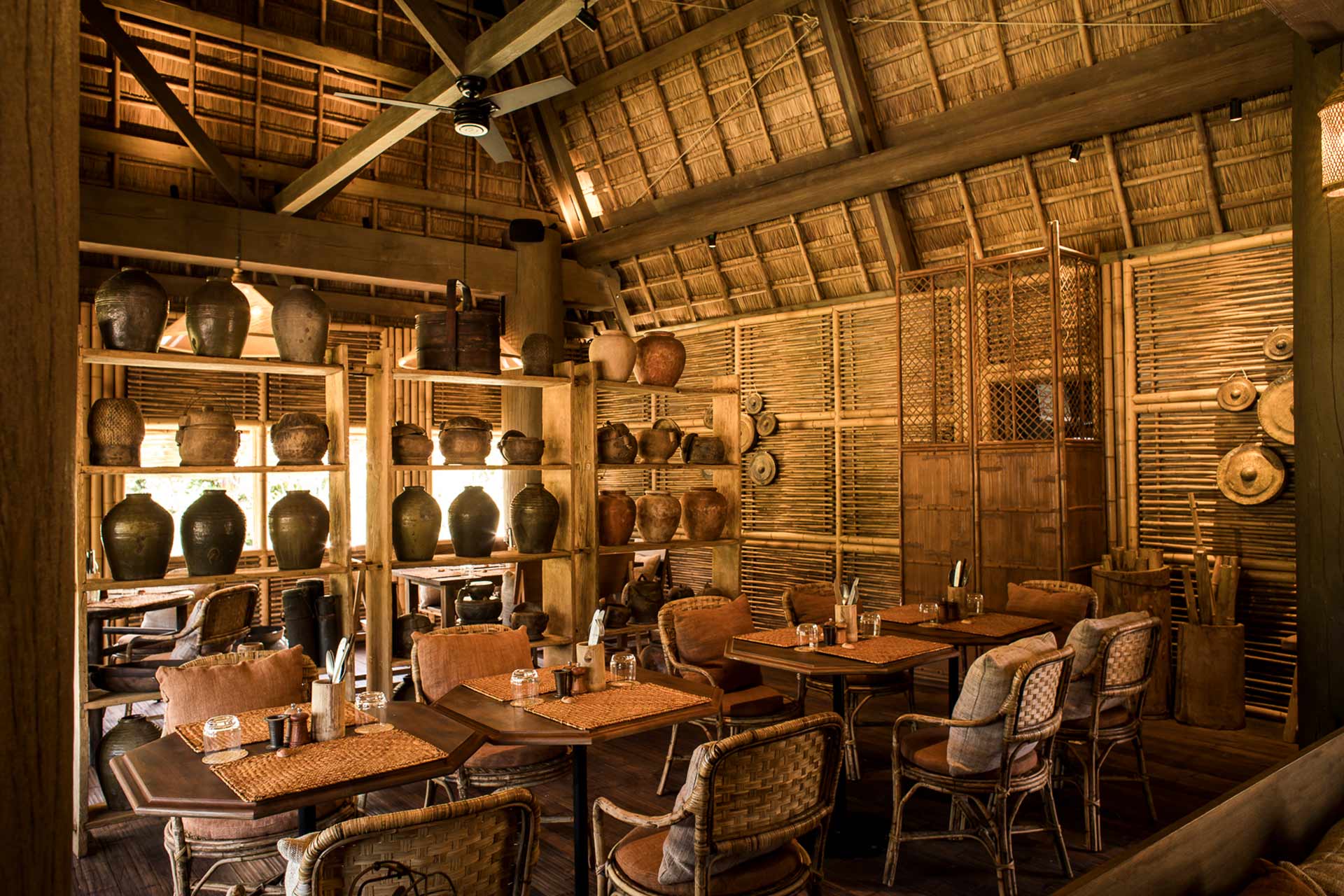
EXPRESS CHECK-OUT
Owner: Arnaud Zannier
Operator: Zannier Hotels
Architecture: Zannier Hotels, SKO
Interior Design: Zannier Hotels Interiors
Landscaping: Interscene 3.0
Main Contractor: Archetype Group
www.zannierhotels.com
CREDITS
Words: Neena Dhillon
Photography: © Frederik Wissink
Magazine: Sleeper 95
Related Posts
1 February 2021
Feature: Four Seasons Hotel, Madrid
29 January 2021
Feature: Hotel Indigo, Bath
28 January 2021
